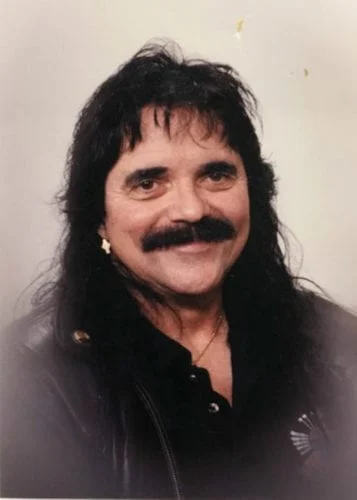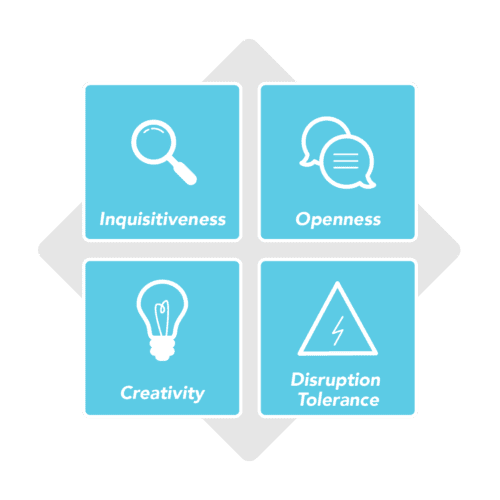A hundred years after the Armistice of 1918, we reflect on peace and war on what is now Veteran’s Day.
By Kelly Wadsworth
As I stepped off the C-130 into the sweltering desert heat, the sergeant next to me leaned over and said, “We carry this burden and fight this fight so our children won’t have to.”
It was 2008 and after months of preparation, my National Guard unit had finally landed in Balad, Iraq, for a 12-month tour as part of the Global War on Terrorism. Like the sergeant, a keen sense of idealism had taken root in me, bolstering my survival instincts and providing fuel for the long days ahead. I participated in the Iraq War with the hope that my role would shelter the next generation from having to do something similar. What I could not have known then, but understand now, is that even my loftiest dreams had a darker side.
Early in the 20th century, H.G. Wells penned the phrase “the war to end all wars” to describe how World War I would bring about lasting peace. A short time after this, at the 11th hour on the 11th day of the 11th month, the fighting of World War I ceased with the armistice of Nov. 11, 1918. It was ratified on June 28, 1919, when the Treaty of Versailles was signed in France. In order to prevent such a global nightmare from happening again, a number of international measures were enacted including the League of Nations whose mission was to maintain world peace.
Armistice Day to Veteran’s Day
On June 4, 1926, Congress passed a resolution for the annual observance of Armistice Day
“Whereas the 11th of November 1918, marked the cessation of the most destructive, sanguinary, and far reaching war in human annals and the resumption by the people of the United States of peaceful relations with other nations, which we hope may never again be severed, and
Whereas it is fitting that the recurring anniversary of this date should be commemorated with thanksgiving and prayer and exercises designed to perpetuate peace through good will and mutual understanding between nations; and
Whereas the legislatures of twenty-seven of our States have already declared November 11 to be a legal holiday: Therefore be it Resolved by the Senate (the House of Representatives concurring), that the President of the United States is requested to issue a proclamation calling upon the officials to display the flag of the United States on all Government buildings on November 11 and inviting the people of the United States to observe the day in schools and churches, or other suitable places, with appropriate ceremonies of friendly relations with all other peoples.”
You can almost feel the optimism that another world war would, in fact, be prevented and that the pain of one generation would be redeemed by peace in the next. As we sadly know, this did not happen. World War II broke out 20 years later among the very same countries, leaving another 60 million dead. The next decade would see the Korean War followed by Vietnam, with wars in Laos, Lebanon, Thailand, Dominican Republic, Bolivia, Cambodia, Grenada, Libya, and Panama following shortly after. I cannot help but wonder if those who went before me believed as I did, that their participation would somehow save the next generation from the anguish of battle.
After the end of World War II and at the urging of veteran service organizations, Armistice Day was amended to become Veteran’s Day. I wonder, why the change? Had we given up on keeping the peace? Was Armistice Day too painful of a reminder that with nearly 100 million lives abruptly lost in the span of 30 short years, peace had utterly failed on our watch?
As we stand on the 100th anniversary of the World War I armistice, we can no longer pretend that any of the wars we fight will be the instrument by which we “end all war.” Nor can we continue with the idea that violent conflict is the mechanism by which we secure our children’s future and shelter them from the horrors of combat. Warfare as perpetual and unavoidable appears to be the lesson we have brought with us into the 21st century and this cup of nihilistic despair affects us all. We have each, in our own way, taken a sip. The narrow belief of war as inevitable is just as hopeless as the naïve belief of peace as easy. We must begin to understand in a new way that many of our conflicts, maybe even all of them, are rarely based on the deep principles of our highest convictions.
As we approach this remembrance, I am fully aware of the human impulse to wage war. However, the compulsion toward destruction and the legacy of mass warfare does not actually relieve me from my duty to engage in the “exercises designed to perpetuate peace.” If goodwill and mutual understanding do in fact pave the way by turning foe into friend and nation into neighbor, then let peace begin with me and let it begin today.
__
Rev. Dr. Kelly Wadsworth is the pastor of West Seattle Contemplative Church in Seattle, WA. She served as an Army Chaplain from 2001-2011 and is a veteran of the Iraq war. She received her PhD in Psychology from Saybrook University in 2018 and can be reached at [email protected].







































